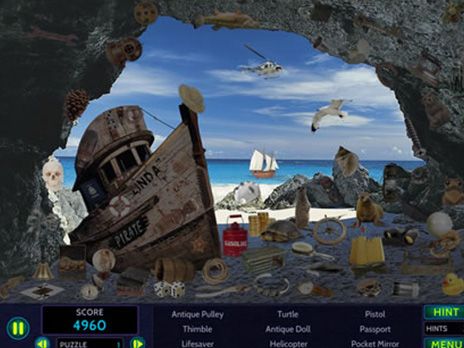

Physical confinement is rare however, often "invisible chains" are used to maintain power and control, similar to intimate partner violence. For example, force may involve rape, torture, beatings, or imprisonment and can be psychological or physical. The United States Department of Health and Human Services's (HHS) "Look Beneath the Surface" campaign and SOAR training in 2017 provided much-needed insight into TIPs based on the latest amendments to the TVPA.

The TVPA's definition of "labor trafficking" is "harboring, transportation, provision, or obtaining of a person for labor or services, through the use of force, fraud or coercion for the purpose of subjection to involuntary servitude, peonage, debt bondage or slavery.” Minors are easier to exploit and manipulate, thus vulnerable to trafficking. įederal law defines "sex trafficking" as "the recruitment, harboring, transportation, provision, obtaining, patronizing, or soliciting of a person for the purposes of a commercial sex act, in which the commercial sex act is induced by force, fraud, or coercion, or in which the person induced to perform such an act has not attained 18 years of age." Force, fraud, or coercion do not need to be present for a minor under the age of 18 involved in any commercial sex act because minors can not consent to a sex act with an adult. Force, fraud, or coercion is the means used to compel the victim to provide commercial sex acts, labor, or other services. A trafficker recruits, harbors, transports, provides, or obtains an individual. According to the National Human Trafficking Resource Center (NHTRC) and the TVPA, the Action-Means-Purpose, or A-M-P Model helps determine whether force, fraud, or coercion was present, indicating the encounter was not consensual. Human trafficking involves three essential elements: action, means, and purpose. It can and often does occur in local communities and schools and near popular sporting venues. Trafficking in persons (TIP) also known as "modern-day slavery" is a crime in all 50 states under federal and international laws and does not require the physical transport of a person.

Smuggling indebtedness can lead to trafficking as a means to resolve a fee owed to the smuggling entity. Typically, the relationship between the smuggler and the person being trafficked terminates upon arrival to the destination country. Smuggling differs from trafficking because it involves the illegal crossing of borders and is usually consensual. According to the Trafficking Victims Protection Act (TVPA), an anti-trafficking federal law established in 2000 under President Clinton's administration, "human trafficking" is defined as the exploitation of a person or persons for sex or labor using "force, fraud, or coercion." ĭistinguishing between human trafficking and human smuggling is essential. Exact numbers of trafficking victims are difficult to quantitate due to the concealed nature of the rapidly progressing disease and public health emergency. The common thread that binds them together is the loss of freedom.
#Destination treasure island needs which windows framwork free
According to new 2016 global estimates, data collected by the ILO and the Walk Free Foundation (WFF) in partnership with the International Organization for Migration (IOM) as part of their contribution to the Sustainable Development Goals (SDG), puts the number close to 25 million persons who have been subjected to forced labor worldwide, and 15.4 million in forced marriages. Almost 5 million in 2016 were victims of forced sexual exploitation globally, with children making up more than 20% of that number. Of these 40.3 million victims in 2016, 29 million were women and girls (72% of total amount). In fact, the International Labour Organization's (ILO) 2016 estimate reveals that 40.3 million people were victimized worldwide through modern-day slavery, 5.4 victims per every thousand people in the world. Human trafficking is a $150 billion industry globally.

The extent of the economic and social impacts on society are unknown and require further research to define and guide community-based care, protocols, and formal curriculum changes. Human traffickers are motivated by greed, driven by quota, devoid of respect for human rights, preying upon the vulnerable, and damaging the psychological and physical well-being of their victims. No population is exempt from the ever-present threat of traffickers. Human trafficking is a pressing public health concern which transcends all races, social classes, demographics, and gender.


 0 kommentar(er)
0 kommentar(er)
